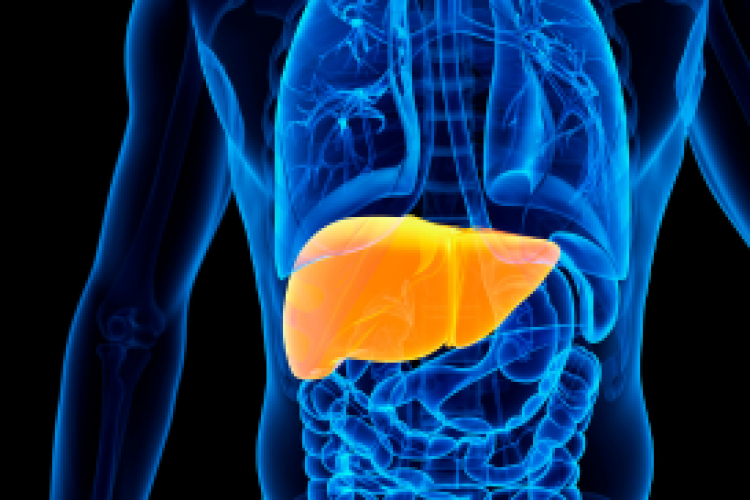Until recently, a heart condition called transthyretin amyloidosis (ATTR) was difficult to diagnose and had no treatment. Today, cardiologists are able to diagnose the condition with a non-invasive scan, and have medicine to treat it, says Duane Bryan, MD, Chief Medical Director of Nuclear Cardiology and Co-Director of Cardiac CT Angiography at Montefiore Nyack Hospital and cardiologist with Highland Medical, P.C. Since diagnosis has become easier, doctors now realize ATTR is much more common than they once thought.
What is ATTR?
Normal proteins “fold” when they do their jobs. ATTR is caused when an unstable protein called transthyretin misfolds, forming protein clumps. These clumps build up in the heart muscle, causing heart muscle stiffness. “This causes fluid buildup and leads to heart failure,” Dr. Bryan said. The clumps can also get caught in other tissues and nerves throughout the body.
ATTR can be a genetic disease. An estimated 4% of people of African or African-Caribbean descent have the mutation that can cause the disease. It’s important to find out if a person with the disease has the inherited form, so their family members can also get tested to see if they are at risk of developing it, he noted.
Other people can develop ATTR as they age, without having inherited the gene. This is known as senile or wild type ATTR amyloidosis.
Symptoms and Diagnosis
Some of the symptoms of ATTR are similar to those of heart failure -- leg swelling, shortness of breath and fluid in the abdomen. Another more unusual symptom that may suggest ATTR include carpal tunnel syndrome in both wrists. “This is because the abnormal proteins can deposit in the tendons in the wrist,” Dr. Bryan said.
Other signs or symptoms may include:
- Numbness, tingling and pain in the hands and feet (neuropathy)
- Bowel or bladder dysfunction
- Spinal stenosis (a condition where spinal column narrows and compresses the spinal cord)
If the cardiologist suspects ATTR, the next step is testing. This includes an echocardiogram (ultrasound of the heart), to see if the heart muscle appears thickened because of the protein deposits. The cardiologist may also order a cardiac MRI.
Until recently, definitive diagnosis of ATTR required a biopsy of the heart tissue. “This involves taking a piece of tissue from the heart muscle, which could cause complications,” Dr. Bryan said. Today, the cardiologist can order a non-invasive nuclear medicine scan to make the diagnosis. “We can see evidence that a person has the amyloid proteins in the heart with the nuclear scan,” he said.
Treatment of ATTR
In 2019, the U.S. Food and Drug Administration approved medication called tafamidis to treat ATTR. The medication stabilizes amyloid clumps, preventing them from breaking down and depositing in tissue. There are also other available medications to treat the neuropathy.
“Before treatment was available, ATTR had a negative impact on patients’ quality of life, with heart failure and neuropathy. Now patients treated for ATTR are less short of breath when they exert themselves, have less fluid buildup in their tissues, and have less neuropathy. Treatment can make a marked difference in their lives,” Dr. Bryan said.



 Upcoming Events
Upcoming Events



